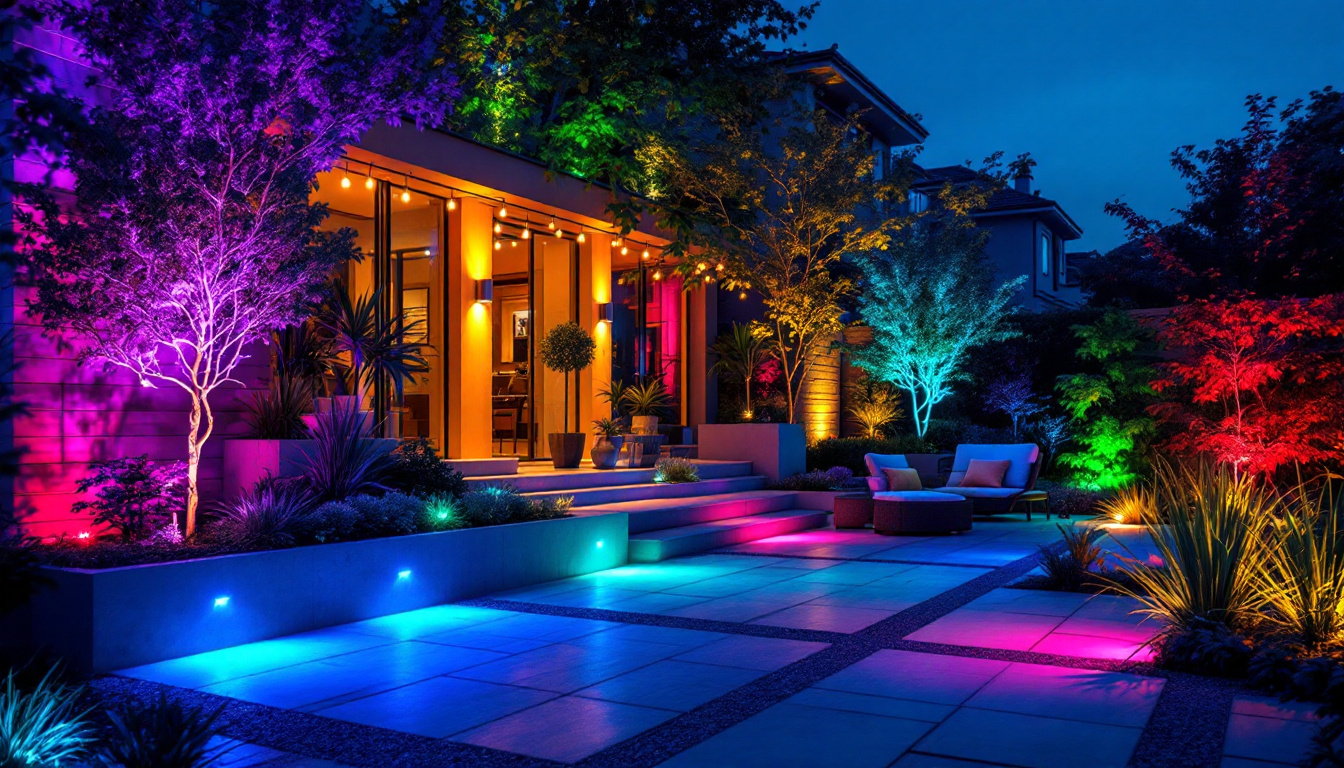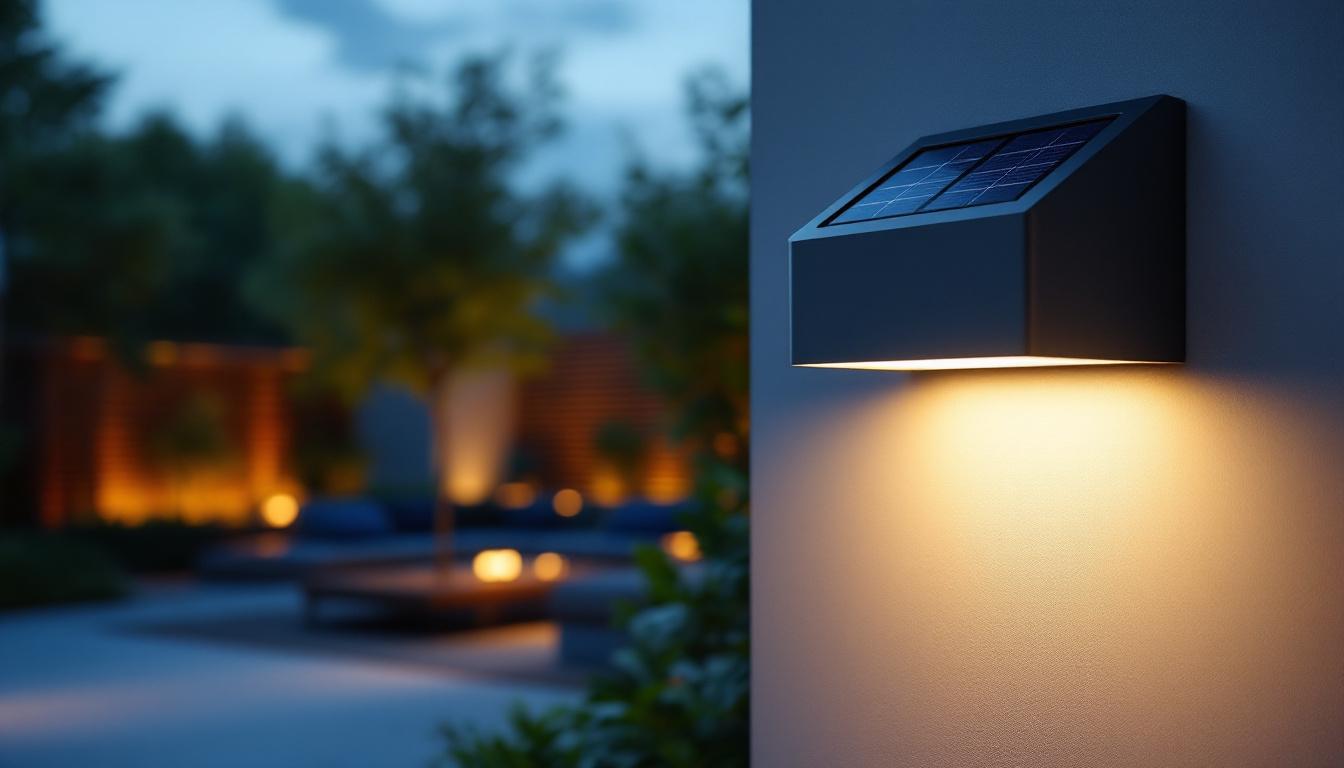
Creating the perfect study room involves more than just selecting the right furniture and decor; lighting plays a crucial role in enhancing productivity and comfort. For lighting contractors, understanding the nuances of study room lighting can significantly impact the overall functionality and aesthetic appeal of the space. This guide delves into the essential aspects of choosing the right lighting for study rooms, ensuring that contractors can provide informed recommendations to their clients.
Lighting in a study room is not merely about illumination; it influences mood, focus, and even health. The right lighting can reduce eye strain, boost concentration, and create an inviting atmosphere. It is essential for contractors to recognize these factors when designing lighting solutions for study spaces.
Studies have shown that well-lit environments can enhance cognitive function and productivity. Natural light is often the best option, as it mimics daylight and helps regulate circadian rhythms. However, when natural light is limited, artificial lighting must be carefully chosen to replicate its benefits.
task lighting, such as desk lamps, can provide focused illumination for reading and writing, while ambient lighting ensures the overall room is well-lit without causing glare. A combination of these lighting types can create a balanced environment conducive to work. Moreover, incorporating adjustable dimmers can allow users to tailor the brightness to their specific tasks, whether they are engaged in detailed research or simply jotting down notes. This flexibility can significantly enhance the overall study experience, making it more enjoyable and effective.
Eye strain is a common issue in study rooms, especially with prolonged exposure to screens. Contractors should recommend lighting solutions that minimize glare and harsh shadows. Soft, diffused lighting can help alleviate discomfort, while adjustable fixtures allow users to customize brightness levels according to their needs.
Additionally, the color temperature of the light can impact eye comfort. Warmer tones are often more relaxing, while cooler tones can enhance alertness. Understanding these subtleties can help contractors guide clients in making informed choices. Furthermore, integrating smart lighting systems can provide even more control, allowing users to change the color temperature throughout the day to align with their natural energy levels. For instance, cooler light in the morning can help kickstart productivity, while warmer light in the evening can signal the body to wind down, promoting better sleep hygiene. This thoughtful approach to lighting not only enhances comfort but also supports overall well-being, making the study room a true sanctuary for learning and creativity.
When selecting lighting for a study room, contractors should consider three primary types: ambient, task, and accent lighting. Each type serves a unique purpose and contributes to the overall functionality of the space.
Ambient lighting provides the foundational illumination needed for the entire room. It should be evenly distributed to prevent dark corners and ensure a comfortable environment. Options for ambient lighting include ceiling-mounted fixtures, recessed lighting, and wall sconces.
For study rooms, adjustable fixtures can be particularly beneficial, allowing users to modify the intensity of light based on the time of day or specific tasks. Dimmers can also enhance versatility, enabling a transition from bright, focused light to softer, more relaxing illumination. Additionally, the color temperature of ambient lighting plays a crucial role; warmer tones can create a cozy atmosphere, while cooler tones can promote alertness and focus, making it essential to choose the right hue to match the intended use of the room.
Task lighting is essential for areas where specific activities are performed, such as reading or writing. Desk lamps, floor lamps, and under-shelf lighting are popular choices for providing concentrated light where it is needed most.
When selecting task lighting, consider the height and position of the fixtures to avoid casting shadows on work surfaces. Adjustable arms and swivel heads can enhance functionality, allowing users to direct light precisely where it is needed. Furthermore, LED task lights are an excellent choice due to their energy efficiency and longevity, providing bright illumination without generating excessive heat. This not only contributes to a more comfortable working environment but also reduces energy costs over time, making them a practical investment for any study space.
While not strictly necessary, accent lighting can add a layer of depth and interest to a study room. It highlights artwork, bookshelves, or architectural features, creating a more inviting atmosphere. Accent lighting can be achieved through spotlights, LED strips, or decorative lamps.
When incorporating accent lighting, it is crucial to ensure that it complements the overall design and does not distract from the primary task at hand. Subtlety is key; the goal is to enhance the space without overwhelming it. Thoughtfully placed accent lights can also create visual interest by drawing attention to specific areas, such as a favorite piece of artwork or a well-organized bookshelf, which can inspire creativity and motivation. Moreover, using smart lighting solutions allows for even greater flexibility, enabling users to change the color and intensity of accent lights to suit their mood or the time of day, further enriching the study experience.
The choice of light bulbs can significantly influence the quality of lighting in a study room. Contractors should be familiar with various types of bulbs and their respective characteristics to provide optimal recommendations.
LED bulbs are increasingly popular due to their energy efficiency and longevity. They offer a wide range of color temperatures, making it easy to create the desired ambiance. Additionally, LED bulbs emit less heat, reducing the risk of discomfort during long study sessions.
When selecting LED bulbs, consider the color rendering index (CRI), which measures how accurately colors are represented under the light. A CRI of 90 or above is ideal for study rooms, as it ensures that colors appear true to life.
While less energy-efficient than LEDs, incandescent and halogen bulbs provide warm, inviting light that many find appealing. They are often used in decorative fixtures and can create a cozy atmosphere.
However, these bulbs have a shorter lifespan and generate more heat, which can be a drawback in a study environment. Contractors should weigh the aesthetic benefits against practical considerations when recommending these options.
Fluorescent bulbs are another option, particularly for ambient lighting. They are energy-efficient and provide bright, even illumination. However, they can sometimes create a harsh light that may not be suitable for all study environments.
Contractors should consider the specific needs of the space and the preferences of the user when suggesting fluorescent lighting. Dimmable options can help mitigate some of the harshness associated with traditional fluorescent bulbs.
The layout of a study room can significantly affect how lighting is utilized. Contractors should take into account the arrangement of furniture, the placement of windows, and the overall design aesthetic when planning lighting solutions.
Understanding how furniture is arranged can help contractors determine the most effective lighting placements. Desks should be positioned to take advantage of natural light, while task lighting should be placed to minimize shadows.
Additionally, the height of furniture can influence the type of fixtures used. For example, a tall bookshelf may require wall-mounted sconces to ensure adequate illumination without obstructing the light source.
Natural light is a valuable asset in any study room. Contractors should assess the placement of windows and consider how they interact with artificial lighting. The goal is to maximize daylight while providing adequate artificial light for overcast days or evening use.
Using sheer curtains can diffuse natural light, reducing glare while still allowing sunlight to enter. This can create a pleasant atmosphere that enhances focus and productivity.
The design aesthetic of the study room should also influence lighting choices. Modern spaces may benefit from sleek, minimalist fixtures, while traditional rooms may call for more ornate designs. Matching the lighting to the overall style of the room ensures a cohesive look.
Contractors should encourage clients to consider how lighting can complement their personal style while still meeting functional needs. Customizable options can provide flexibility in achieving the desired aesthetic.
As technology continues to evolve, smart lighting solutions are becoming increasingly popular in study rooms. These systems offer convenience and flexibility, allowing users to control lighting through apps or voice commands.
Smart lighting can enhance the functionality of a study room by providing customizable settings for different activities. Users can adjust brightness levels, change color temperatures, and even set schedules for when lights turn on or off.
Additionally, smart lighting can be integrated with other smart home devices, creating a seamless experience. For example, lights can be programmed to dim automatically when a user begins a video call or to brighten when it’s time to wake up.
When recommending smart lighting solutions, contractors should consider the existing electrical infrastructure. Some systems may require additional wiring or hubs, while others operate on a plug-and-play basis.
It’s essential to educate clients about the installation process and any potential limitations. Providing clear guidance can help ensure a smooth transition to smart lighting.
Choosing the right lighting for a study room involves a careful balance of functionality, aesthetics, and user preferences. Lighting contractors play a vital role in guiding clients through this process, ensuring that the final design enhances productivity and comfort.
By understanding the different types of lighting, selecting appropriate bulbs, and considering layout and design, contractors can create study spaces that are not only visually appealing but also conducive to effective work. As technology advances, embracing smart lighting solutions can further elevate the functionality of these spaces, making them adaptable to the needs of modern users.
In conclusion, the right lighting can transform a study room from a simple workspace into an inspiring environment. By applying this guide, lighting contractors can confidently navigate the myriad of choices available, ultimately delivering exceptional results for their clients.
Ready to enhance your study room projects with the perfect lighting solutions? At LumenWholesale, we offer an extensive selection of spec-grade lighting products that combine quality, affordability, and convenience. Say goodbye to inflated markups and hello to superior lighting at wholesale prices. With our commitment to hassle-free bulk buying and free shipping, you can trust that you’re getting the best value for your investment. Elevate your lighting game and give your clients the inspiring environments they deserve. Discover our unbeatable deals and start saving today by visiting Wholesale Lighting at the Best Value.

Discover the latest trends in light dimming switches that every lighting contractor needs to know.

Explore the advantages and challenges of using outdoor colored lights in your projects.

Discover how solar sconces are revolutionizing the lighting industry for contractors.

Illuminate your indoor spaces with confidence! Discover the ultimate guide to flood lights, covering everything from types and installation tips to energy efficiency and design ideas.